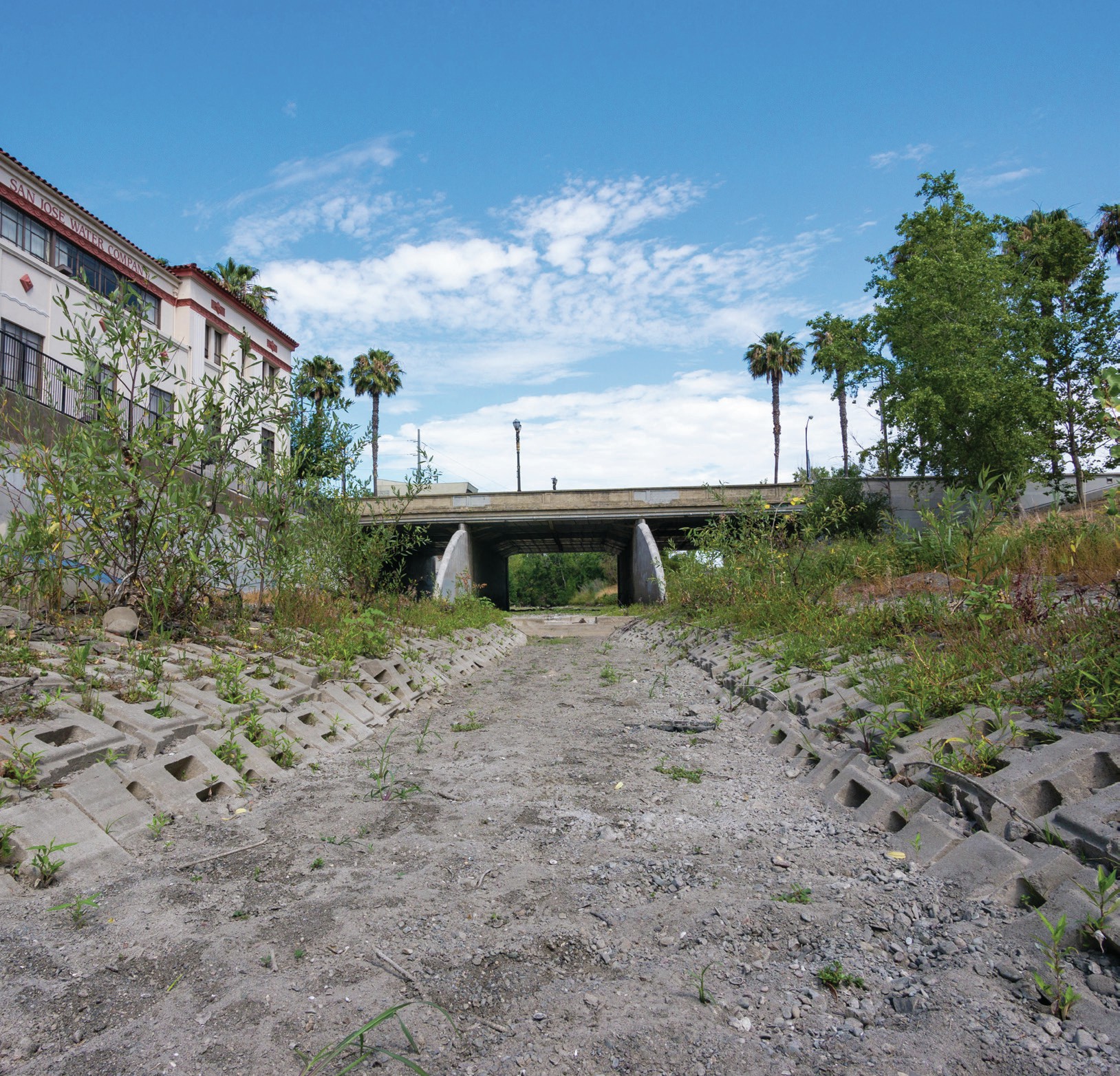
The last ice age ended 11,000 years ago and since then, Earth’s climate has been relatively stable at approximately 14ºC. Over recent decades evidence of higher average temperatures, changing rainfall patterns, increasing sea levels, retreating glaciers and melting of sea ice and ice sheets has been recorded. Extreme weather events, including droughts, have become more frequent.
In 2015 the US state of California experienced one of the worst droughts in its history. This led to real concerns about longterm water security in the region. In October 2016, a quarter of California was lifted out of drought by autumn rains and by spring of 2017 the drought was largely over.
Your organisation does not have access to this article.
Sign up today to give your students the edge they need to achieve their best grades with subject expertise
Subscribe




